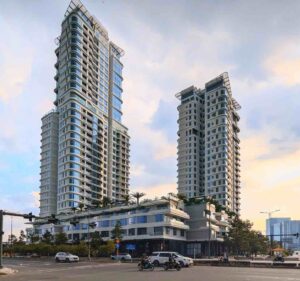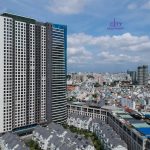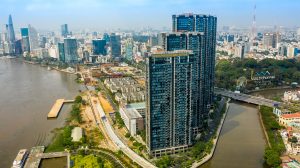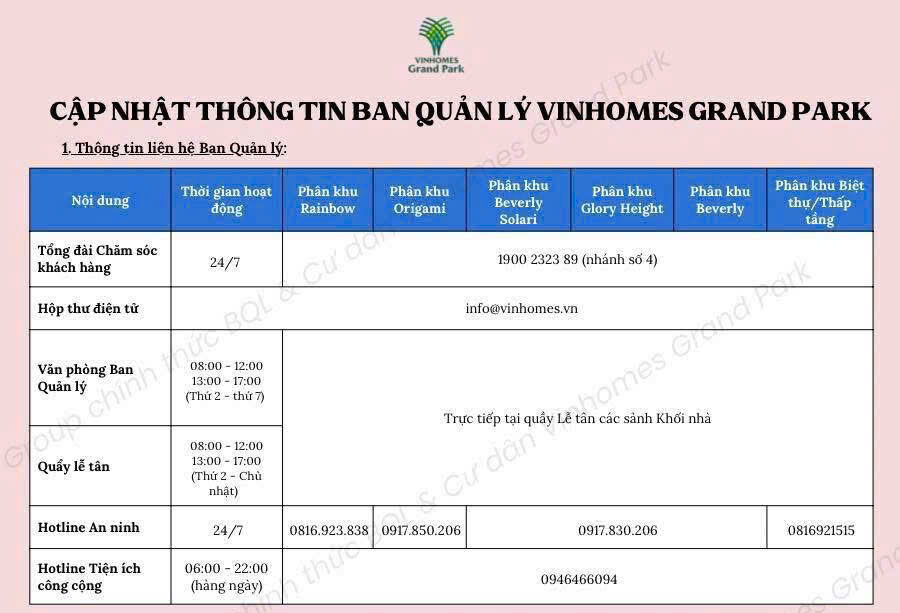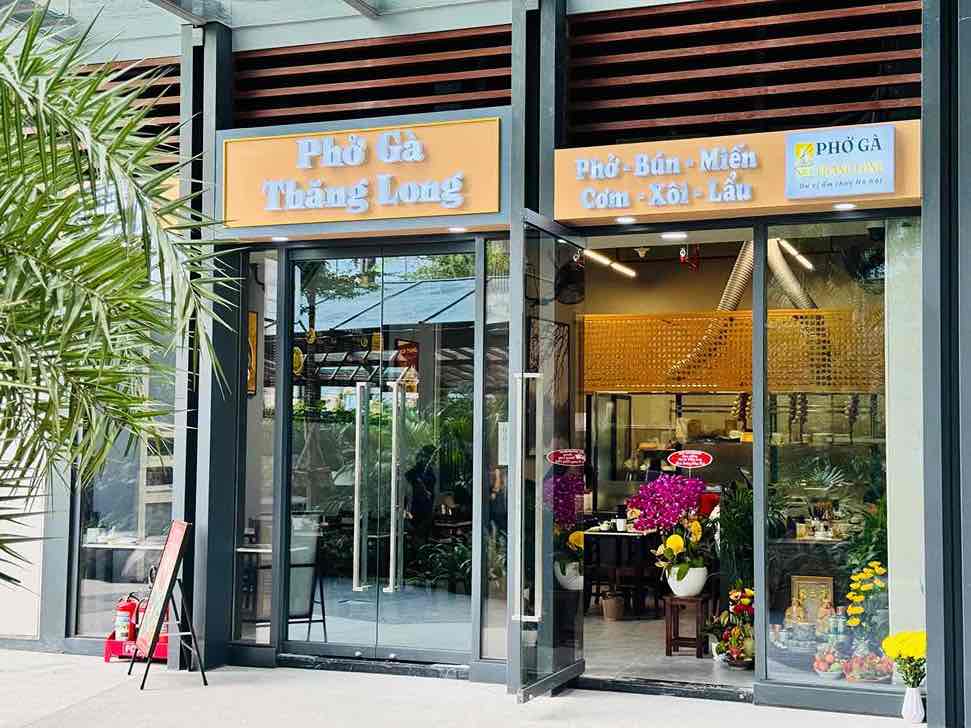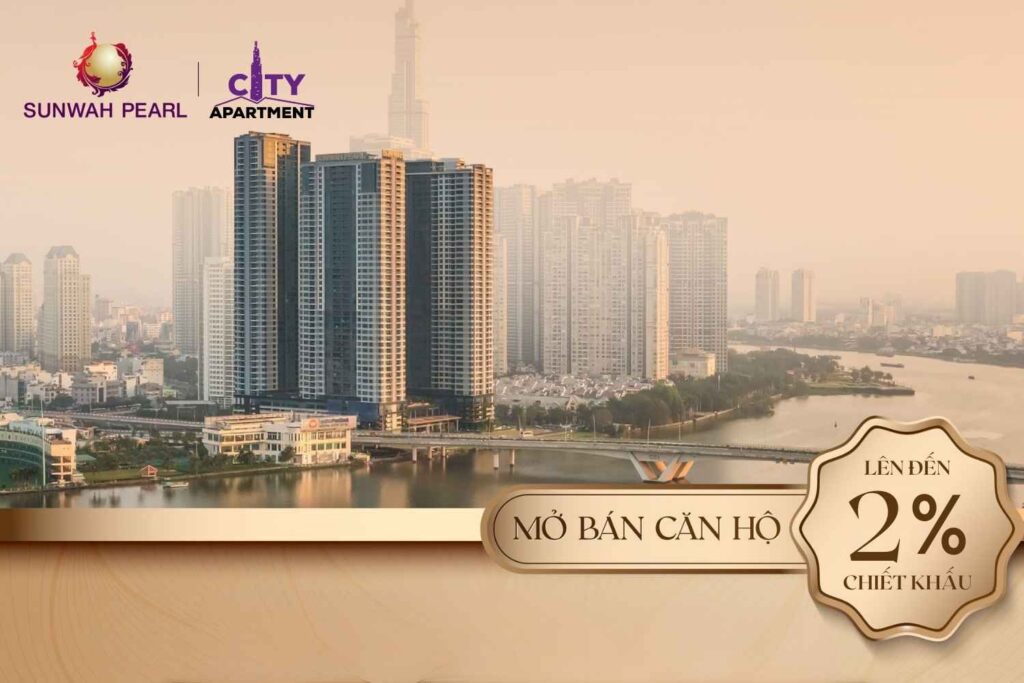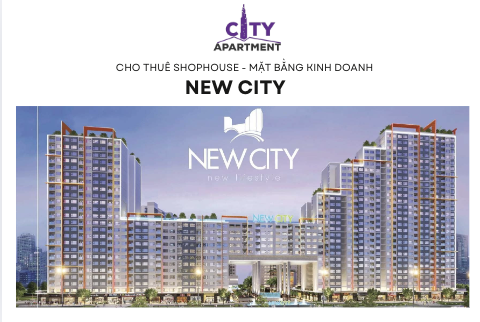During the meeting with the Prime Minister on May 8, 2020, Ho Chi Minh City proposed the formation of a creative city in the East. The Prime Minister highly appreciates this idea and will report to the Politburo for decision. In the current context, it can be seen that this is a national strategic idea.
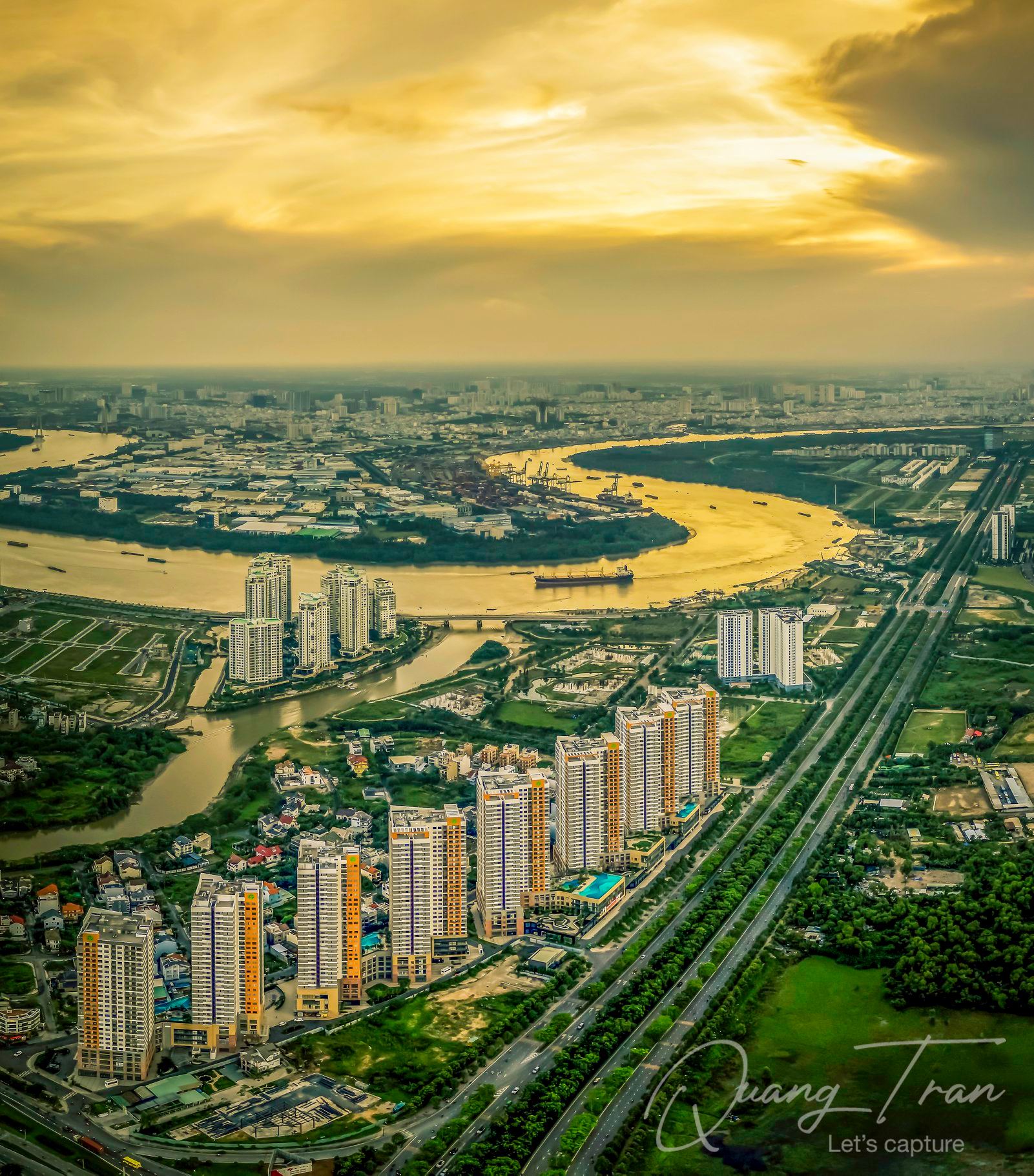
The construction of the Eastern city, if successfully implemented, will contribute to solving two strategic problems in Vietnam: creating a new growth wave based on innovation in the 4.0 era, and strengthen security and defense capabilities in the face of very complicated developments in the region and in the world.
This is the right time to implement this idea because: (i) the trend of moving the global value chain away from China, and the effect of the Covid-19 translation will speed the process; and (ii) Ho Chi Minh City, the country’s largest economic hub with a tradition of pioneering breakthrough ideas, is eager to regain its position.
From the experience of implementing similar ideas in countries around the world, especially Gangnam (south of the Han River) in Seoul, Korea, and Pudong in Shanghai, China, the eastern city should be considered. national key projects with special mechanisms related to openness, selection of strategic partners, and empowerment of the necessary autonomy so that HCMC can develop its inherent capabilities and potential .
Compare with Gangnam and Pudong
The Eastern city is expected to be established on the basis of merging districts 2, 9 and Thu Duc with an area of 212 square kilometers, equivalent to the scale of the development of the South Han River in the late 1960s and by half the scale. with the Pudong development plan in the early 1990s.
The population of the current three counties was nearly 1.2 million, larger than the population of Gangnam and smaller than Pudong when the rollout started. Seoul’s population in 1967 was nearly 4.1 million people, up to now (including the region) has more than 24 million people; and Shanghai’s population in 1990 was 7.8 million people, now more than 22 million people.
The current population in southern Seoul is about 5 million and Pudong is more than 5.5 million people (the equivalent of Singapore) and the area has been expanded to more than 1,200 square kilometers (equivalent to Hong Kong). .
The current population of the HCMC region is nearly 11 million people. According to the trend of development and urbanization like other countries, in the next three decades, the population of HCMC is likely to be in the group of urban areas with the size of 20-30 million people.
Currently, the south is the new center of Seoul, the hub of Korean innovation with the birth of the famous Gangnam dance and many major companies in the world are located there.
Pudong, after three decades, has become a pride and a fundamental factor in building China’s global competitiveness. Pudong’s GDP in 2019 is nearly 185 billion USD, equal to 50% of Singapore, 70% of Vietnam, and more than 3 times higher than HCMC.
Compared to the time when Gangnam and Pudong started, the eastern city that Ho Chi Minh City planned to build now has more favorable conditions with very basic internal infrastructure and connections, and land available for the project can build is huge. The basic conditions for the financial-commercial center in Thu Thiem already exist and the high-tech park has created its position.
“An initiative of stature has been launched in HCMC. It has strategic implications for the national development, so the central government needs to make decisions and give HCMC a large enough space and autonomy for successful implementation ”
Gangnam – South Korea
South of the Han River was once an agricultural land of cabbage and pears, very few people lived in the 1960s. The success of Gangnam shows the correct strategy of Korea in general, Seoul in particular in creating the Han River miracle.
When economic development policies focused on urban centers (Seoul – Busan corridor), starting with the first five-year plan (1963-1968), President Park Chung-Hee began taking effect, the influx of people flocking to Seoul is increasing. In the period 1961-1970, the average population of Seoul increased by nearly 300,000 each year, with a peak of nearly 500,000 in 1970. During the three decades (1961-1990), Seoul’s population increased by nearly 8.2 million people, more than 3 times in 1960.
To meet the development needs and secure accommodation for residents, the Seoul Development Plan was launched in 1966, with the south of the Han River a focus. The Korean government and the Seoul government based on the rules of market and urban operations with a tectonic state approach introduced push-pull policies such as focusing on building internal infrastructure and connecting, limiting built on the North bank, moved the headquarters of a number of state agencies to the South bank, gave incentives to investors and limited real estate speculation. Despite some initial challenges, Gangnam has been extremely successful and attains today’s stature.
Pudong – Shanghai
On April 18, 1990, when Chinese Prime Minister Ly Bang attended the 5th anniversary of the Vo Motor Factorylkswagen in Shanghai, he has declared officially in favor of the city considered the dragon-headed Chinese development of Pudong. This is the official date of Pudong’s founding. However, getting to that point has been a very long journey.
The potentiality of Pudong has been mentioned by Sun Zhongshan, leader of the Chinese national revolution, democracy and people since the 1920s. However, the potential is still the potential. When China opened in 1978, Pudong was not selected as a special zone because of the conservative faction, especially the opposition of Deputy Prime Minister Tran Van, the second most powerful figure in China at that time.
After the Tiananmen disaster, Pudong development was chosen by Deng Xiaoping to convey the message to the world that China’s reform and opening up strategy continued. Zhou Dung Co, then Mayor of Shanghai, was the man behind this promotion.
Pudong is included in the list of national key projects because of its importance. Pudong’s planning includes four main components: a commercial finance center, high-tech zone, export processing zone, and free trade zone. In which, the financial center and the high-tech park are the most important highlights.
The creative dynamics and determination of the team in Shanghai have played a very important role, but the success factor is determined by the central government of China. Policies for a global city such as requirements for financial activities, movement of capital flows, recruitment of talent, transfer of technology … have been created.
In short, a stature initiative has been launched in HCMC. It has strategic implications for the development of the country, so the central government needs to make decisions and give HCMC a large enough space and autonomy to be successfully implemented. It is important now that HCMC needs a careful preparation for the central government to have enough information and persuasion to make a decision.
Source: thesaigontimes
